
Ingredient
Khorasan wheat grain
The Ancient Nutrient
Khorasan wheat grain is characterized by its large, plump kernels and golden hue. It has a rich, nutty flavor and a chewy texture, making it a popular choice for salads, pilafs, and baked goods. It is often praised for its nutritional value and unique taste.
Origins and history
Khorasan wheat grain originated in the Fertile Crescent region, which includes present-day Iran and Iraq. It has a long history dating back thousands of years and was traditionally grown in the Middle East. Today, it is cultivated in various countries, including the United States, Canada, and Australia.
Nutritional information
Khorasan wheat grain is a good source of protein, fiber, and essential minerals like selenium and manganese. It also contains higher levels of certain nutrients compared to modern wheat varieties.
Allergens
Khorasan wheat grain may contain gluten and is not suitable for individuals with gluten intolerance or celiac disease.
How to select
When selecting Khorasan wheat grain, look for intact, plump kernels that are free from moisture or signs of insect damage. Opt for organic or certified varieties to ensure the highest quality.
Storage recommendations
To maintain the freshness of Khorasan wheat grain, store it in an airtight container in a cool, dry place. It can also be stored in the refrigerator or freezer for extended shelf life.
How to produce
Khorasan wheat grain requires specific growing conditions and is best suited for large-scale production. It is not commonly grown by amateur gardeners due to its specific requirements and lower yield compared to modern wheat varieties.
Preparation tips
Khorasan wheat grain can be cooked and used as a base for salads, pilafs, and grain bowls. It can also be ground into flour and used in baking, providing a nutty flavor and a tender texture to bread, cookies, and pastries.
Substitutions
Spelt grain or whole wheat berries can be used as substitutes for Khorasan wheat grain. However, they may have slightly different flavors and textures.
Culinary uses
Khorasan wheat grain is commonly used in Middle Eastern and Mediterranean cuisines. It is often found in dishes like tabbouleh, couscous, and bread.
Availability
Khorasan wheat grain is commonly available in the United States, Canada, Europe, and Australia. It can be found in health food stores, specialty markets, and online retailers.
More ingredients from this category
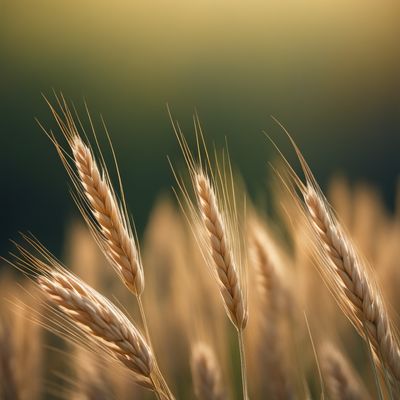
Tritordeum
The Golden Grain: Unveiling the Wonders of Tritordeum
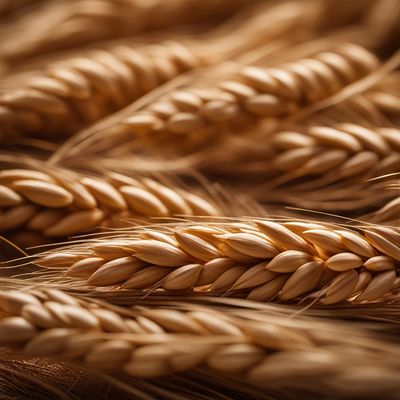
Common wheat grain
The Versatile Staple: Common Wheat Grain
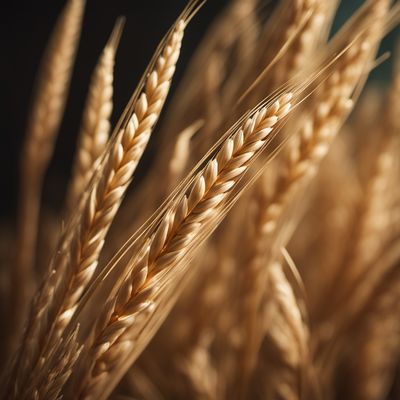
Other species of genus Triticum, not elsewhere mentioned
Ancient Grains: Exploring the Lesser-Known Triticum Varieties

Einkorn wheat grain
Ancient Grains Rediscovered: Einkorn Wheat

Triticale grain
The Versatile Hybrid: Triticale Grain

Spelt grain
The Ancient Nutritious Grain
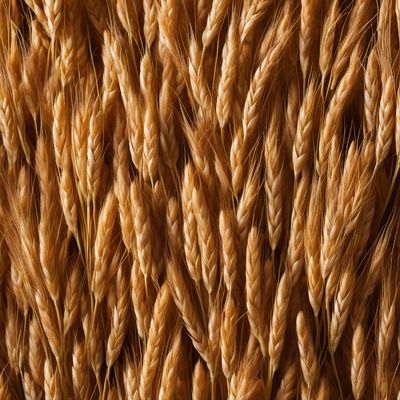
Durum wheat grain
The Golden Kernel
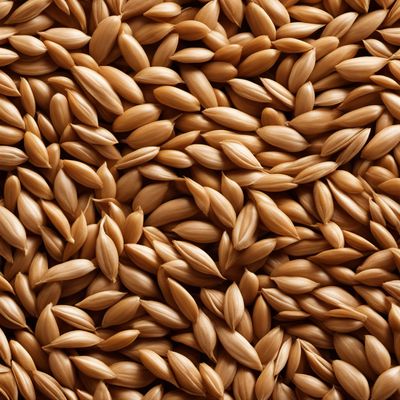
Emmer wheat grain
The Ancient Grain: Emmer Wheat